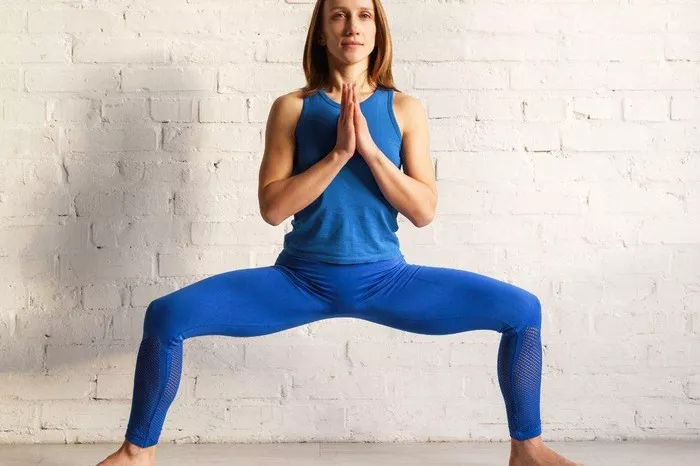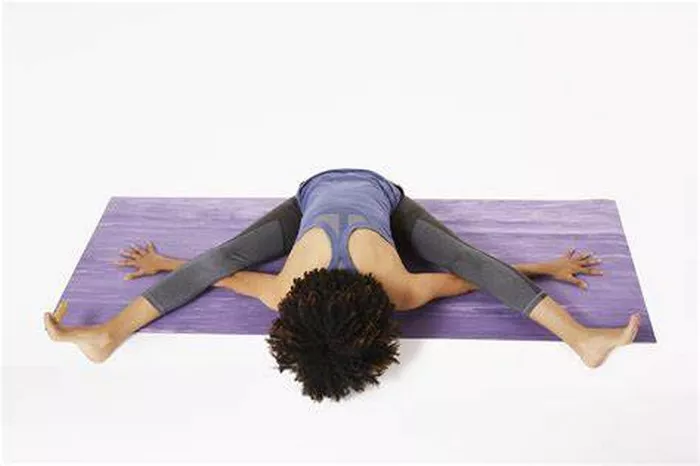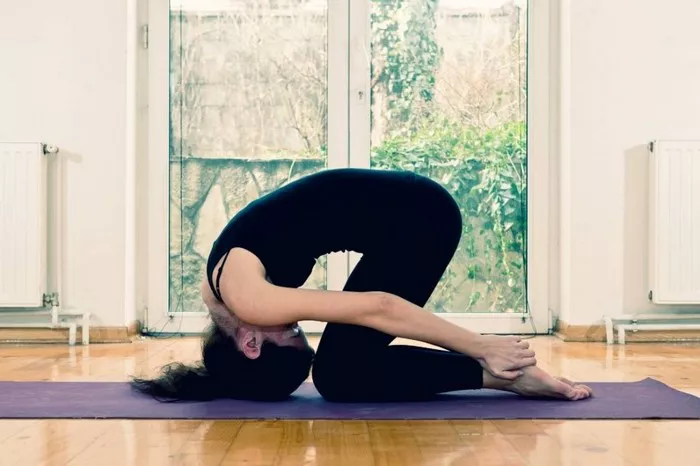Yoga, an ancient practice originating in India, has become a global phenomenon due to its many physical and mental benefits. One of the most significant benefits of yoga is its ability to improve flexibility and strengthen the body. Among the various areas that yoga targets, the spine is one of the most important. The spine plays a crucial role in our overall health by supporting the body and protecting the spinal cord, which transmits signals to various organs. A healthy spine is key to maintaining good posture, preventing pain, and enhancing mobility.
Stretching the spine is a core component of most yoga practices. A flexible and well-stretched spine can alleviate back pain, improve posture, and increase overall vitality. In this article, we will explore the various yoga poses that stretch the spine, explain their benefits, and guide you on how to perform these poses correctly.
Understanding the Spine and Its Importance
Before diving into the specific yoga poses, it is helpful to understand the spine’s anatomy and function. The spine, or vertebral column, consists of 33 vertebrae that are categorized into five regions:
Cervical Spine (Neck) – 7 vertebrae.
Thoracic Spine (Upper and Middle Back) – 12 vertebrae.
Lumbar Spine (Lower Back) – 5 vertebrae.
Sacrum – 5 fused vertebrae.
Coccyx (Tailbone) – 4 fused vertebrae.
The spine serves several key purposes:
- It provides structure and supports the weight of the body.
- It protects the spinal cord, a major communication pathway between the brain and the rest of the body.
- It allows for mobility, including bending, twisting, and stretching.
Over time, poor posture, sedentary lifestyle, and stress can lead to tightness and misalignment of the spine, which may result in discomfort, stiffness, and even injury. Fortunately, yoga is a powerful tool to help address these issues by improving flexibility, alignment, and overall spine health.
The Role of Yoga in Spine Health
Yoga offers a range of poses specifically designed to stretch, align, and strengthen the spine. These poses help to lengthen the vertebrae, release tension in the muscles surrounding the spine, and promote greater flexibility and mobility. Additionally, certain yoga poses can help to relieve common back ailments such as sciatica, herniated discs, and muscle spasms.
By regularly practicing yoga, you can:
- Improve posture by lengthening and aligning the spine.
- Enhance spinal flexibility, which can reduce the risk of injuries.
- Increase blood flow to the spine, promoting healing and relieving tension.
- Strengthen the muscles that support the spine, including the core, back, and hips.
With this understanding in mind, let’s look at some of the best yoga poses that specifically target spine flexibility and stretch the vertebrae.
1. Cat-Cow Pose (Marjaryasana-Bitilasana)
Benefits:
- Stretches and mobilizes the entire spine.
- Improves flexibility and reduces tension in the neck, shoulders, and back.
- Enhances the movement of the spinal joints.
How to Do It:
- Begin in a tabletop position on your hands and knees, ensuring that your wrists are directly under your shoulders and your knees are under your hips.
- Inhale as you drop your belly toward the floor, lifting your tailbone and chest toward the ceiling (Cow Pose).
- Exhale as you round your spine, bringing your chin toward your chest and drawing your belly button toward your spine (Cat Pose).
- Continue to flow between these two poses, moving with your breath.
This pose is excellent for warming up the spine and increasing flexibility. The fluid movement between arching (Cow Pose) and rounding (Cat Pose) helps to stretch and elongate the vertebrae.
2. Downward-Facing Dog (Adho Mukha Svanasana)
Benefits:
- Stretches the entire spine, especially the lower back.
- Lengthens the hamstrings and calves.
- Strengthens the arms, shoulders, and core.
How to Do It:
- Start in a tabletop position on your hands and knees.
- Lift your hips toward the ceiling, straightening your legs and reaching your heels toward the floor.
- Press your hands firmly into the mat and lengthen through your spine, aiming to create a straight line from your wrists to your hips.
- Hold the pose for several breaths, focusing on elongating your spine.
In Downward-Facing Dog, the inversion of the body allows for a deep stretch in the spine, particularly in the lower back. This pose also strengthens the arms and legs, making it a well-rounded posture.
3. Child’s Pose (Balasana)
Benefits:
- Gently stretches the spine, hips, and shoulders.
- Relieves tension in the lower back.
- Helps to calm the nervous system.
How to Do It:
- Begin by kneeling on the floor with your big toes touching and knees spread apart.
- Sit back on your heels, then slowly lower your chest towards the floor, extending your arms out in front of you.
- Rest your forehead on the mat and breathe deeply, allowing your spine to stretch and relax.
Child’s Pose is a restorative posture that allows for a gentle stretching of the spine, particularly the lower back. It’s a great pose for relaxing and releasing tension.
4. Seated Forward Fold (Paschimottanasana)
Benefits:
- Stretches the entire back, including the spine and hamstrings.
- Lengthens the lower back and relieves tension in the spine.
- Promotes a sense of calm and relaxation.
How to Do It:
- Sit on the floor with your legs extended straight in front of you, keeping your spine tall and your feet flexed.
- Inhale to lengthen your spine, then exhale as you fold forward over your legs, reaching your hands toward your feet.
- Keep your back as straight as possible to avoid rounding the spine. Hold the pose for several breaths.
The Seated Forward Fold is an effective way to stretch the spine, especially the lower back. It also provides a calming effect, making it ideal for reducing stress.
5. Cobra Pose (Bhujangasana)
Benefits:
- Stretches the spine, particularly the lower back.
- Opens the chest and strengthens the upper back.
- Improves posture by counteracting slouching.
How to Do It:
- Lie on your stomach with your legs extended and the tops of your feet pressed into the mat.
- Place your hands on the mat under your shoulders and press into your palms as you lift your chest off the floor.
- Keep your elbows slightly bent and your shoulders away from your ears.
- Lift your chest higher, extending through your spine. Hold for several breaths before gently lowering.
Cobra Pose is an excellent backbend that stretches the spine while strengthening the muscles along the back. It also helps to improve posture by opening the chest and countering forward slouching.
6. Bridge Pose (Setu Bandhasana)
Benefits:
- Stretches the spine and opens the chest.
- Strengthens the glutes, legs, and back.
- Improves spinal alignment and mobility.
How to Do It:
- Lie on your back with your knees bent and feet flat on the floor, hip-width apart.
- Place your arms by your sides with your palms facing down.
- Press your feet into the floor as you lift your hips toward the ceiling, creating a straight line from your shoulders to your knees.
- Keep your thighs parallel and hold the pose for several breaths.
Bridge Pose helps to stretch the spine and strengthen the lower back and glutes. The lift of the hips encourages spinal extension and flexibility.
7. Spinal Twist (Supta Matsyendrasana)
Benefits:
- Increases spinal flexibility and mobility.
- Relieves tension in the back and hips.
- Improves digestion by stimulating abdominal organs.
How to Do It:
- Lie on your back with your knees bent and feet flat on the floor.
- Extend your arms out to the sides at shoulder height.
- Slowly lower your knees to one side while keeping both shoulders on the floor.
- Hold the twist for several breaths, then gently return to center and repeat on the other side.
Spinal Twist is an excellent pose for increasing rotational flexibility in the spine. It also stretches the hips and helps to release tightness in the lower back.
8. Upward-Facing Dog (Urdhva Mukha Svanasana)
Benefits:
- Stretches the spine, chest, and abdomen.
- Strengthens the arms, wrists, and shoulders.
- Increases spinal flexibility and improves posture.
How to Do It:
- Begin in a prone position on your stomach with your hands under your shoulders.
- Press into your palms and straighten your arms as you lift your chest and thighs off the floor.
- Keep your shoulders away from your ears and your chest open.
- Hold the position for several breaths before lowering back down.
Upward-Facing Dog is a strong backbend that deeply stretches the spine and strengthens the muscles of the back and arms. It encourages extension in the upper back and promotes spinal flexibility.
Conclusion
Stretching the spine is an essential aspect of maintaining overall health and well-being. Regularly practicing yoga poses that stretch and strengthen the spine can improve posture, relieve back pain, and enhance flexibility. Whether you’re looking to alleviate tension, prevent injuries, or simply maintain a healthy spine, incorporating poses such as Cat-Cow, Downward-Facing Dog, Child’s Pose, and others into your practice will help you achieve a more flexible, balanced, and resilient spine.
Always listen to your body and avoid pushing too hard. If you’re new to yoga or have any pre-existing conditions, consider consulting with a qualified yoga instructor or healthcare provider before beginning a new practice. By making spinal health a priority through yoga, you can enjoy improved mobility, reduced pain, and a greater sense of overall well-being.
Related Topics:

























